Happiness: How Positive Psychology Changes Our Lives by Lynn Johnson
$219.99 $62.00
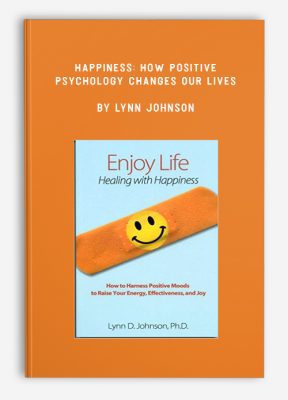
Happiness: How Positive Psychology Changes Our Lives by Lynn Johnson
**More information:
Get Happiness: How Positive Psychology Changes Our Lives by Lynn Johnson at Salaedu.com
Description
Transform Your Clinical Skills
A revolution is underway in human services, health and education. In the past, we have focused on deficits, what is wrong and how to make it right. That model works and has served us well. Now, however, a profound shift is changing how we will practice. From the 1960s to 1995, problem-focused studies outnumbered strength-focused studies by about 20 to 1. Over the past ten years, psychological research has shifted to focus on joy, resiliency, strengths and virtues, changing how we will be practicing in the coming years. Clinicians have been hearing about these changes. This recording is an opportunity to learn the state-of-the-art in happiness and positive psychotherapy.
Your own personal level of happiness is a vital key to how effective you are as a clinician, counselor, educator or leader. We now know that happiness is also one of the most effective health interventions. Teaching patients happiness skills will improve their physical and emotional health. Of course, you will learn about powerful and easy to apply interventions for your patients and clients. More than that, in this workshop, your trainer will give you personal keys to increasing your own happiness. You will take home tools to help others, but you will also take home greater personal fulfillment.
OVERVIEW: LIFE HURTS, HAPPINESS IS THE CURE
- How positive psychotherapy will change our treatment philosophy
- Why happiness is the cure for pain
HAPPINESS IS A SERIOUS BUSINESS
- Benefits of happiness—why people live longer, make more money and contribute more to society
- health
- wealth
- meaning
- Duty to be happy
- contribute more when you practice joy and curiosity
- Recent research on happiness and success
- happiness makes us healthier and live longer
- happiness makes us smarter and creative
- happiness makes us better leaders, parents, spouses, workers
HAPPINESS: WHAT WE ARE BORN WITH; WHAT WE DEVELOP
- What percent of our happiness is just genetic?
- What can we do to change and how to do it?
- Three core happiness skills: how PP outperforms cognitive therapy plus medication
- Lifestyle skills
- activity
- good sleep habits
- right nutrition
- fulfilling work
- Mental discipline skills
- meditation
- visualization
- goal-setting
- Hope and optimism
- Connection skills
- why happy people are connected people
- Involvement skills
- finding what you’re good at
- expanding your talents
- Meaning skills
- contributing to others; finding your calling
- connecting with others through your calling
- Spirituality skills
- Why do believing people feel happier?
- Savoring and appreciating skills
TRANSFORMING CLINICAL WORK
- Depression
- OCD and mindfulness
- ADHD and mindfulness
- Anxiety disorders
- Relationship conflicts
- Serious mental illness
THE FUTURE OF HAPPINESS
- Depression-proofing children: how to reverse the epidemic of hopelessness
- Epigenetics and how we might transform our great-grandchildren
More information about Medical:
Medicine is the science and practice of establishing the diagnosis, prognosis, treatment, and prevention of disease.
Medicine encompasses a variety of health care practices evolved to maintain and restore health by the prevention and treatment of illness.
Contemporary medicine applies biomedical sciences, biomedical research, genetics, and medical technology to diagnose, treat, and prevent injury and disease,
typically through pharmaceuticals or surgery, but also through therapies as diverse as psychotherapy, external splints and traction, medical devices, biologics, and ionizing radiation, amongst others.
Medicine has been around for thousands of years, during most of which it was an art (an area of skill and knowledge) frequently having connections to the religious and
philosophical beliefs of local culture. For example, a medicine man would apply herbs and say prayers for healing, or an ancient philosopher and physician would apply bloodletting according to the theories of humorism.
In recent centuries, since the advent of modern science, most medicine has become a combination of art and science (both basic and applied, under the umbrella of medical science).
While stitching technique for sutures is an art learned through practice, the knowledge of what happens at the cellular and molecular level in the tissues being stitched arises through science.
1 review for Happiness: How Positive Psychology Changes Our Lives by Lynn Johnson
Add a review Cancel reply
Related products
HEALTH - FITNESS - LIFESTYLE - MEDICAL
HEALTH - FITNESS - LIFESTYLE - MEDICAL
HEALTH - FITNESS - LIFESTYLE - MEDICAL
HEALTH - FITNESS - LIFESTYLE - MEDICAL
Fast Confidence [How To Be More Confident │Confidence Building] from Sharon Melnick, Ph.D.
HEALTH - FITNESS - LIFESTYLE - MEDICAL
HEALTH - FITNESS - LIFESTYLE - MEDICAL
HEALTH - FITNESS - LIFESTYLE - MEDICAL
HEALTH - FITNESS - LIFESTYLE - MEDICAL

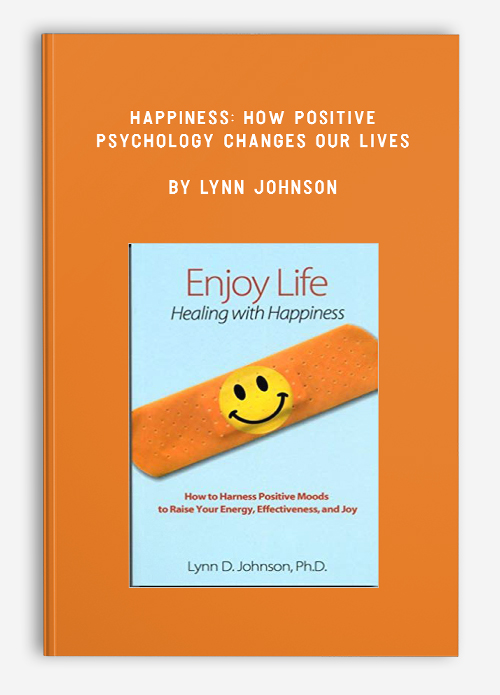
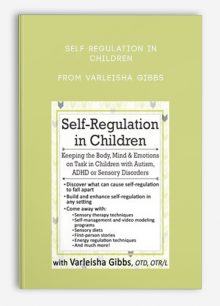
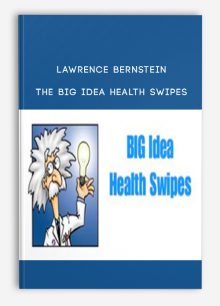
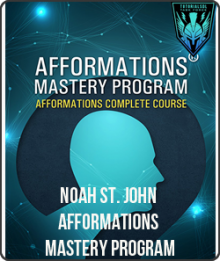
![Fast Confidence [How To Be More Confident │Confidence Building] from Sharon Melnick, Ph.D.](https://tradersoffer.forex/wp-content/uploads/2017/05/Sharon-Melnick-Ph.D.-Fast-Confidence-How-To-Be-More-Confident-│Confidence-Building-220x261.png)
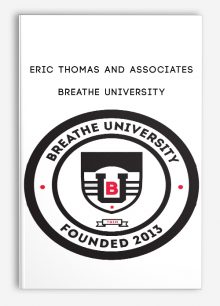



Trevis Trevis –
This is one of the most beautiful website and you can check the reviews of my website here: https://salaedu.com/clients-proof-and-reviews/